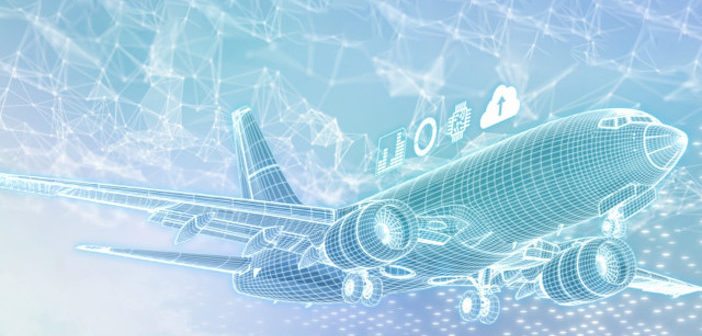Welcome to an insightful journey into the world of avionics systems. In the modern aerospace industry, understanding these systems is crucial for anyone involved in aviation, whether you’re an engineer, pilot, or just an enthusiast. To grasp the full scope of avionics systems, it’s vital to explore their components, functions, and impact on the aviation world.
Avionics systems play a pivotal role in aviation, offering essential capabilities that enhance operational efficiency and safety. From navigation and communication to monitoring and control, these systems are integral to modern air travel.

The Role of Avionics Systems
At the core of any aircraft’s technological infrastructure, avionics systems manage everything from communication to navigation. These systems are responsible for ensuring that an aircraft operates efficiently and safely, providing pilots with the information they need to make crucial decisions.
Navigation Systems
Navigation is a critical component of any flight, and avionics systems provide state-of-the-art navigation solutions. These systems use GPS technology and other advanced tools to determine the aircraft’s position, speed, and direction.
Communication Systems
Effective communication between the cockpit and external entities is vital. Avionics systems support continuous communication through voice radio, satellite systems, and other cutting-edge communication channels.
Monitoring and Control
Avionics are also essential in monitoring various systems within the aircraft, ensuring that everything from fuel levels to engine performance is functioning optimally. This information helps pilots maintain control and make informed decisions.
Key Components of Avionics Systems
Flight Management Systems (FMS)
The Flight Management System is at the heart of an aircraft’s avionics suite, automating a wide variety of in-flight tasks. It works with other avionics components to guide the aircraft from takeoff to touchdown.
Autopilot
Modern autopilot systems are incredibly advanced, allowing pilots to input a destination and let the technology handle navigation. These systems maintain aircraft stability and trajectory, letting pilots focus on other aspects of the flight.
Weather Radar
Providing real-time data on atmospheric conditions, weather radar systems within avionics help pilots avoid severe weather by offering forecasts and updates on climate conditions along the flight path.
The Importance of Avionics in Modern Aviation
As aircraft technology continues to advance, the importance of avionics systems grows. They are not only critical for safety but also for enhancing the efficiency of flight operations and developing the future of aviation. Companies such as AGS Devices delve deeper into aerospace electronics innovations, which dramatically shape today’s aviation landscape.
Innovations in Avionics Systems
In the ever-evolving field of aviation, advancements in avionics technology are constant. Innovations such as head-up displays, synthetic vision systems, and artificial intelligence are revolutionizing the cockpit experience.
Conclusion
In conclusion, avionics systems form the backbone of modern aircraft, integrating various technologies to ensure optimal safety and efficiency. As we look to the future, these systems will continue to evolve, driving advancements in aviation that benefit both passengers and industry professionals alike.
Related Articles
For more information, check out similar articles on PCB Manufacturing, Carbon Footprint Reduction, and Ceramic Capacitors.

FAQs
What are avionics systems?
Avionics systems encompass the electronic systems used on aircraft, artificial satellites, and spacecraft, including communication, navigation, and monitoring capabilities.
How do avionics systems enhance flight safety?
Avionics systems improve flight safety by providing pilots with real-time information on various aircraft systems and external conditions, allowing for informed decision-making and operational efficiency.
Will future aircraft require pilots, given the advanced state of avionics systems?
While avionics systems continue to advance, the role of pilots remains essential. These systems assist pilots by automating tasks and reducing workload, but human oversight and decision-making are critical for ensuring safety.


